 |
| Workers work at a knitting factory in Kolkata, India. (Source: AFP) |
India is a long term investment strategy
A whopping 61% of 500 US executives surveyed by OnePoll said they would choose India over China if both countries could produce the same raw materials. Over the next five years, 56% of respondents said they would choose India as their supply chain location.
The survey found that 59% of respondents said that buying raw materials from China is “somewhat risky” or “very risky.”
“US businesses are looking at India as a long-term investment strategy rather than a short-term route to avoid tariffs,” said Samir Kapadia, CEO of India Index.
Warming relations between the US and India are one of the reasons why American companies are diversifying away from China, and New Delhi is an attractive option.
The relationship between the two countries entered a new chapter with Prime Minister Narendra Modi's state visit to the White House in June 2023. During the visit, a series of major cooperation agreements in the fields of defense, technology and supply chain diversification were signed.
At that time, at the meeting with Prime Minister Modi, Amazon CEO Andy Jassy said that the company would invest an additional $15 billion in India. According to Mr. Jassy, the above investment will bring Amazon's total investment in India to $26 billion by 2030.
Billionaire Elon Musk, CEO of electric car company Tesla, also revealed that he talked to Indian Prime Minister Modi about the possibility of building a Tesla electric car factory in India in the near future.
"India has the potential to develop sustainable energy, including solar power, stationary batteries and electric vehicles. I hope to bring SpaceX's Starlink satellite internet service to this country," said the Tesla founder.
Not only does India have the potential of a billion-people market, it is also emerging thanks to its strong investment in manufacturing infrastructure as well as high-quality human resources, thereby becoming one of the top choices for diversifying supply chains with international businesses.
Vietnam - the next choice
Similar to India, Vietnam is also an option for investors applying the “China + 1” strategy. Many US businesses that operate in only one location in Asia, mainly in China, are now looking to develop a second location outside of the country. In ASEAN, Vietnam is considered a suitable destination due to its geographical location close to China.
The SCMP also said that Vietnam is often the first choice when Chinese manufacturers consider moving operations abroad, because the S-shaped country has a large labor force and easy access to developed markets around the world.
Chinese manufacturers are under pressure as US customers have shifted some orders and partnerships out of the country as a hedge against trade war risks, said Yan Shaohua, a researcher at the Institute of International Studies at Fudan University.
“Moving to Vietnam or another country in ASEAN may become inevitable,” Mr. Yan said.
As the US-China trade war enters its sixth year and Washington tightens controls on the origin of goods, many US businesses no longer see relocation as an option, but a necessity.
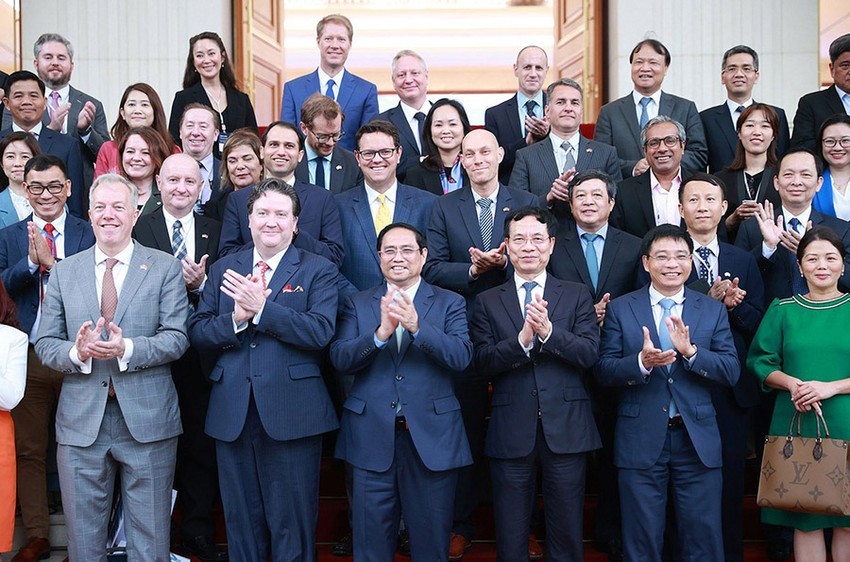 |
| In March 2023, a delegation of 52 leading US businesses visited Vietnam to discuss investment and business cooperation opportunities. Photo of the US business delegation taking a souvenir photo with Prime Minister Pham Minh Chinh. (Source: PLO) |
Notably, Vietnam and the US have officially upgraded their relationship to a comprehensive strategic partnership. Experts say this symbolic move is extremely important in strengthening trust between the two countries. Washington is currently stepping up its ambitions to develop a number of important technology industries, such as chip manufacturing.
Risks remain
According to the survey, US businesses remain cautious about India's supply chain capabilities.
OnePoll’s survey found that 55% of respondents said that quality assurance was a “medium risk” they would face if they had a factory in India.
In September 2023, Apple supplier Pegatron had to temporarily shut down operations at its factory in Chengalpattu, India, after a fire broke out.
Delivery risks (48%) and IP theft (48%) are also concerns for US companies doing business in Prime Minister Narendra Modi's country.
Amitendu Palit, senior research fellow and head of trade and economics at the Institute of South Asian Studies, also found that completely shifting supply chains out of China was impossible.
“The reality is that China will always be the cornerstone of America’s supply chain strategy,” Kapadia said.
In the Vietnamese market, Mr. Kapadia realized that India has the ability to reach a very large number of customers that Vietnam does not have.
From an industrial perspective, Vietnam has been booming for many years, said Michael Every, global strategist at Rabobank. Low wages and a young population have helped Vietnam have a stable labor supply and consumer market.
However, Mr. Michael Every, businesses hoping to move their supply chains to Vietnam may need to wait longer, because some factories are currently overloaded.
Source


![[Photo] "Beauties" participate in the parade rehearsal at Bien Hoa airport](https://vstatic.vietnam.vn/vietnam/resource/IMAGE/2025/4/11/155502af3384431e918de0e2e585d13a)

![[Photo] Looking back at the impressive moments of the Vietnamese rescue team in Myanmar](https://vstatic.vietnam.vn/vietnam/resource/IMAGE/2025/4/11/5623ca902a934e19b604c718265249d0)





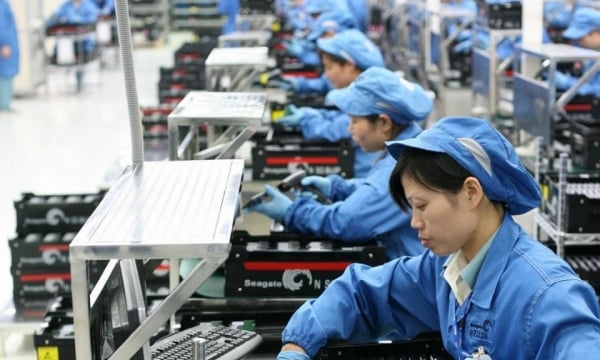




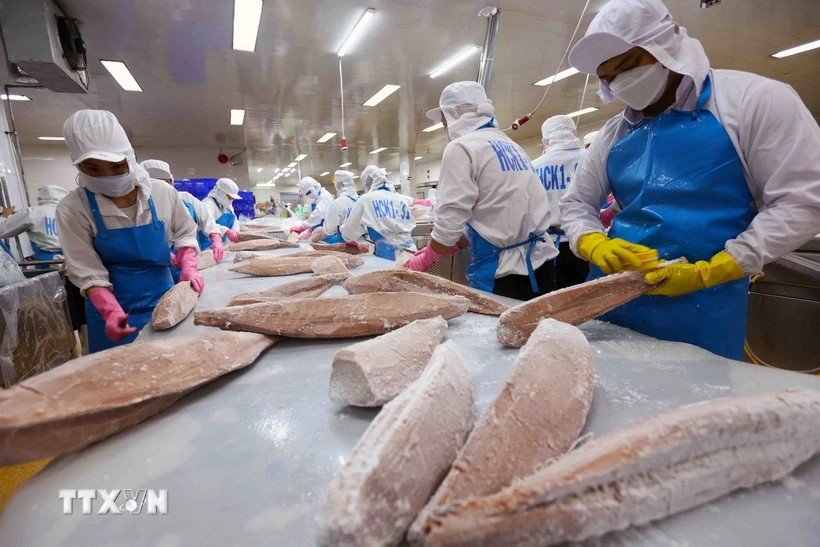

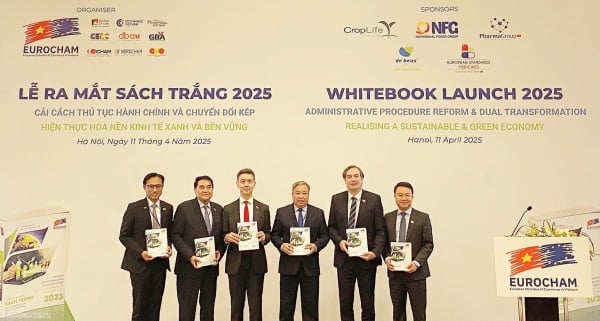
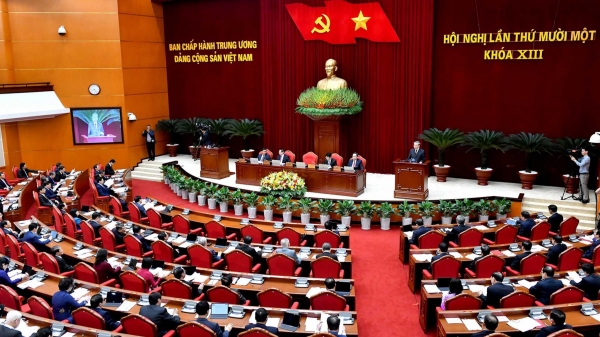
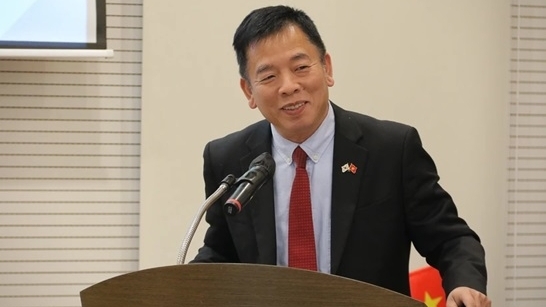






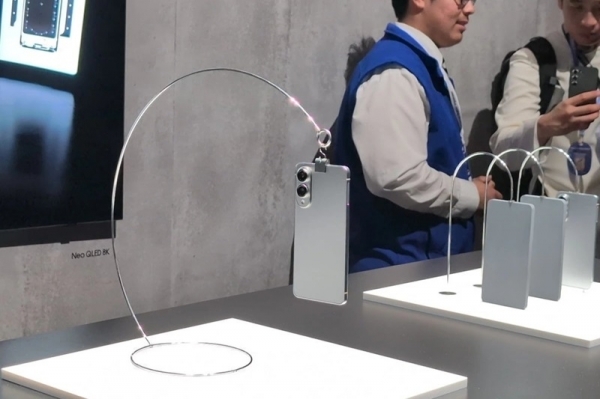


![[Photo] Summary of parade practice in preparation for the April 30th celebration](https://vstatic.vietnam.vn/vietnam/resource/IMAGE/2025/4/11/78cfee0f2cc045b387ff1a4362b5950f)









































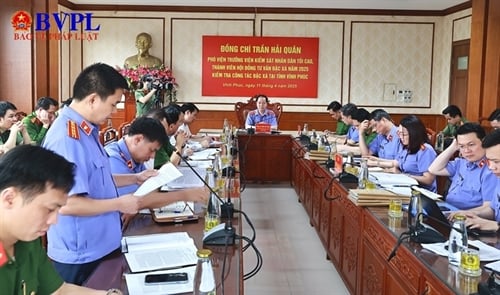
















Comment (0)